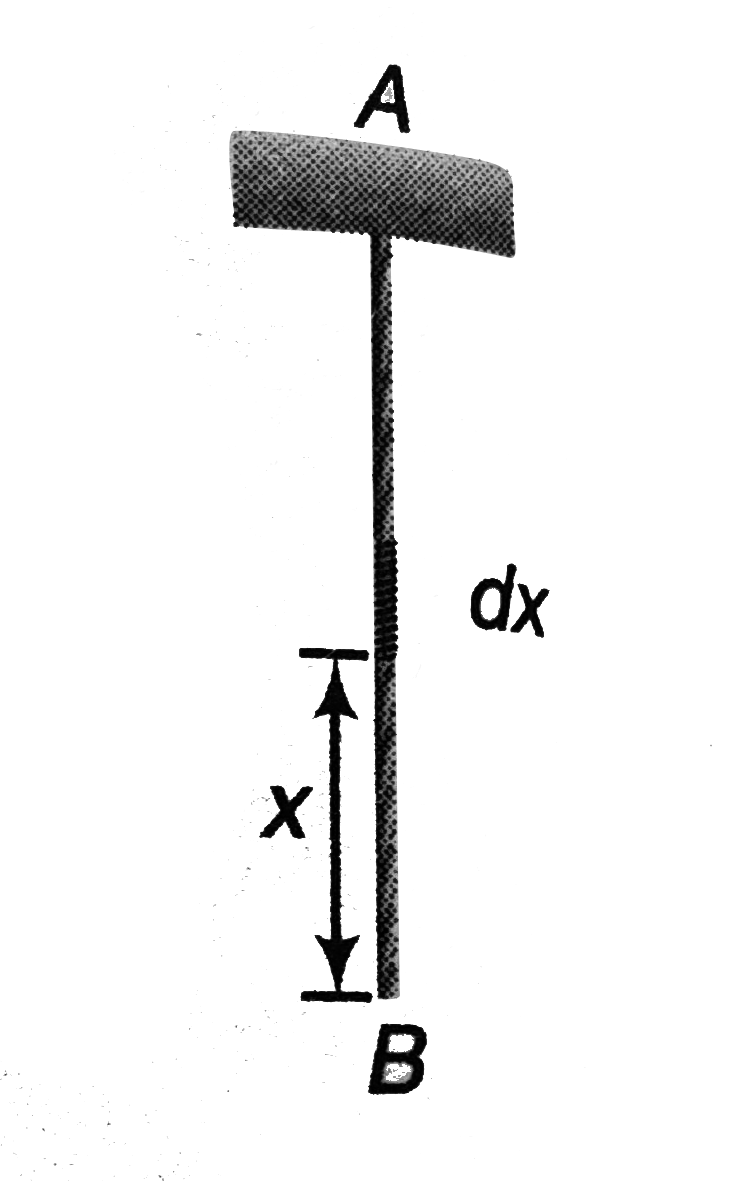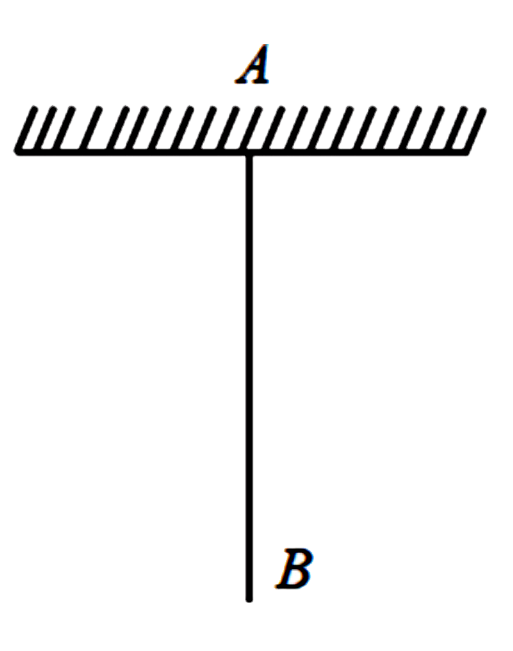On heating a uniform metallic cylinder length increases by 3%. The area of cross-section of its base will increase by
1.5%
0.03
0.09
0.06
To solve the problem of how much the area of the cross-section of a metallic cylinder increases when its length increases by 3%, we can follow these steps:
1. Understand the Coefficients of Expansion:
- The coefficient of linear expansion (α) relates to the change in length (ΔL) per unit length (L) for a change in temperature.
- The coefficient of areal expansion (β) relates to the change in area (ΔA) per unit area (A) for the same change in temperature.
2. Establish the Relationship Between Coefficients:
- For isotropic materials (like metals), the relationship between the coefficients of linear and areal expansion is given by:
β=2α
3. Given Information:
- The length of the cylinder increases by 3%, which means:
ΔLL=0.03
- This is the fractional change in length.
4. Calculate the Fractional Change in Area:
- According to the relationship established, the fractional change in area (ΔA/A) is twice the fractional change in length (ΔL/L):
ΔAA=2⋅ΔLL
- Substituting the given value:
ΔAA=2⋅0.03=0.06
5. Conclusion:
- The area of the cross-section of the base will increase by 6% (0.06 in fractional terms).
Final Answer:
The area of cross-section of its base will increase by 6%.
---
- The coefficient of linear expansion (α) relates to the change in length (ΔL) per unit length (L) for a change in temperature.
- The coefficient of areal expansion (β) relates to the change in area (ΔA) per unit area (A) for the same change in temperature.
- For isotropic materials (like metals), the relationship between the coefficients of linear and areal expansion is given by:
β=2α
- The length of the cylinder increases by 3%, which means:
ΔLL=0.03
- This is the fractional change in length.
- According to the relationship established, the fractional change in area (ΔA/A) is twice the fractional change in length (ΔL/L):
ΔAA=2⋅ΔLL
- Substituting the given value:
ΔAA=2⋅0.03=0.06
- The area of the cross-section of the base will increase by 6% (0.06 in fractional terms).
The area of cross-section of its base will increase by 6%.
Similar Questions
on heating a cylindrical metallic rod, its length increases by 2% . Then area of cross section of rod will
View SolutionIf the length of a cylinder on heating increases by 2%, the area of its base will increase by
View SolutionIf the length of a conductor is increased by 100% keeping its area of cross-section constant, the percentage increase in its resistance is
View SolutionWhen the length and area of cross-section both are doubled, then its resistance
View SolutionA wire of cross-sectional area A breaks due to its own weight when length of the wire is l. If area of cross-section of the wire is made 3A then maximum length of the wire can be hung without breaking is
View SolutionA wire of mass m length I, density d, and area of cross section A is stretched in such a way that is length increases by 10% of its original value, Expresss the changed resistance in percentage.
View SolutionConsidering a wire of non-uniform cross-section as shown.If the area of cross-section at A is double of the area of cross-section at point B.Ratio of heat energy dissipated in a unit volume per unit time at points A and B is
_PHY_E05_279_Q01.png)
View SolutionA bar of mass m and length l is hanging from point A as shown in figure.Find the increase in its length due to its own weight. The young,s modulus of elasicity of the wire is Y and area of cross-section of the wire is A.

View SolutionA bar of mass m and length l is hanging from point A as shown in figure.Find the increase in its length due to its own weight. The young's modulus of elasicity of the wire is Y and area of cross-section of the wire is A.

View SolutionA bar of mass m and length l is hanging from point A as shown in the figure . If the Young's modulus of elasticity of the bar is Y and area of cross - section of the wire is A, then the increase in its length due to its own weight will be

View Solution
